A week ago Saturday afternoon I decided to visit Eveland Access, downstream from Cedar Bluffs. Violet the Dog and I had already taken our walk at Cedar Bluffs that morning, but we were restless so headed out again for another walk. I feel lucky that we can explore our natural world so close to home. There are always new things to see. Above is the Galeston Avenue bridge over the Des Moines River in southwest Mahaska County above the northern half of the Eveland Access Campground.
You can see the campground to the center, Cedar Bluffs upper left, and Beacon to the upper right and Osky further to the right of Beacon. Notice Rochester Cemetary—I’ll come back to Rochester soon. Use this link to see the Google map.
It’s a beautiful campground, soon to be buzzing with activity. Here is what the Mahaska County Conservation Board has to say about it:
Eveland Access is a 56 acre multi-use recreation area located 4 miles southwest of Beacon at 2890 Galeston Avenue, Oskaloosa, IA 52577. It is adjacent to the Des Moines River. Eveland boasts a 44 unit campground, divided into the east (22.5 acres) and west (33.5 acres - this includes area of the cabins) sides, containing electric sites, drinking water, picnic shelters and playground equipment. The concrete boat ramp at Eveland is one of the finest in the county and has been the gateway to many adventures on the Des Moines River.
Looking for more comfortable lodging? Cabins are available for rent at Eveland Access adjacent to the campground.
I should have taken some photos of the campground, but Violet the Dog and I were ready to hit the sand bar and walk upstream.
Here we are looking to the north.
Look at the log above. Notice the marks in the sand. Some big-footed galoot (me) shuffled across the lower third of the photo. But look at the marks in the sand and gravel above the log, and you can see how it etched its path as it traveled downstream when the water was higher. I would so love to learn more about river dynamics and sandbar ecology that I am inspired.
Look closely at the detailed stratification in the bank above behind the gulls. The river’s history is written in sand.
Sometimes the river’s history is written by artifacts. Being the old carpenter I am, I know this boot—it’s a working person’s boot, maybe a carpenter’s boot, and in my life I’ve had dozens of pairs just like it, except for one distinction.
Look at the toe. It’s a steel-toed boot. The leather has worn away, but not the steel. We moved steel sometimes when I worked for my dad doing construction when I was a kid and dad told us to never to wear steel-toed boots. Why?
I can hear his voice now:
“You wear steel-toed boots and you drop that steel it cuts your toes off—you wear regular boots and your toes just get crushed. You want your toes cut off or just smashed if you drop that steel? It’s your choice.”
I am pretty sure by looking at it that it’s a left-footed boot, and that person worked with tools while kneeling on a floor, and that they dragged that boot, which would explain the wear pattern on the toe. Have you ever worn out the toe on a boot like that before? Only if you are working and dragging that foot across the floor, and you are probably a construction worker. Probably a carpenter/roofer.
I also know that this construction worker is/was left-handed. I know that because if you are moving across a floor using a tool, likely a hammer, your right knee is down if you are right-handed, and your left knee is down if you are left-handed, because you can’t have your knee in the way if you are pounding nails or using a tool.
And you drag that foot as you move across the floor, creating that wear pattern on the toe.
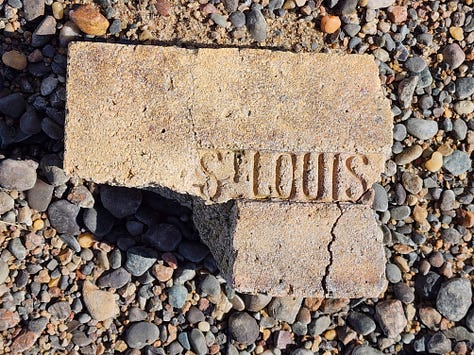
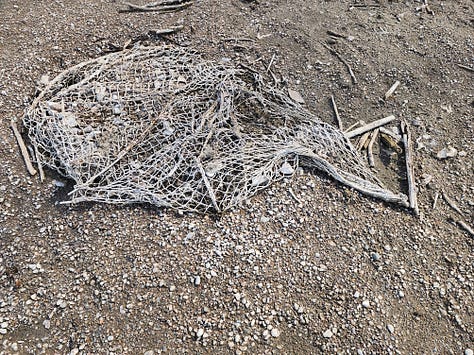
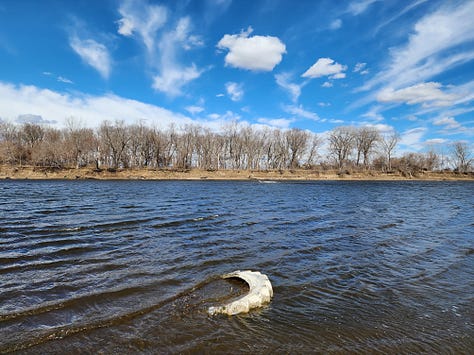
Above are some other artifacts I found. They have stories too. What are they telling you?
This shot was taken downstream from Cedar Bluffs to the other side of the Des Moines River north of Eveland Access.
These structures are strung out along the river and are used by people who like to camp, fish, and be out on the river. I presume they like to drink and party too. The same kind of thing happens on the other side of the river near the town of Tracy in Marion County, adjacent to the abandoned town of Bellefountaine (pronounced bell-fountain, like the drinking ‘fountain’ today.)
These kinds of structures stretch for maybe a couple of miles along the river. It’s part of the old town of Rochester, Iowa. According to the Oskaloosa Herald in 2019 Rochester:
ROCHESTER — Although there are only a few homes remaining in Rochester, Iowa today, Rochester was once a major trading center between Eddyville and Bellefountaine.
Established as a community and trade center in 1850, Rochester was vibrant until the 1880s when families moved away when transportation needs outside of water changed. The town dried up and the families moved away.
According to the following Oskaloosa Daily Herald article dated August 1934, steamboats brought the old town of Rochester on the Des Moines River into prominence. But the river settlement retained importance as a shipping center long after the flood years had made river transportation in Iowa a reality…
During its heyday, Rochester “boasted two general stores, two blacksmith shops, a hotel, sawmill, wagon and broom factory, school and more.”
There is a giant tree there today, which looks like a sycamore to me.
And I made a couple of new friends, who just happen to be bears, who live in Rochester. They were friendly but not really chatty.
If you enjoy Cedar Creek Nature Notes, I encourage you to subscribe to my friend Larry Stone’s “Listening to the Land.” It’s fantastic. Larry has forgotten more than I will ever know about our outdoor world.
For another glimpse of the wonders of the Iowa outdoors, Diane Porter’s My Gaia is another Substack I enjoy. It’s full of observations on nature and is ripe with wisdom.
And don’t miss Al Batt’s Substack at Al’s Substack. Al Batt of Hartland, Minnesota is a writer, speaker, storyteller, and humorist. Al writes humor and nature columns for many newspapers and does regular radio shows about nature. He writes several popular cartoon strips that are syndicated nationally and is the author of the book, "A Life Gone to the Birds." He is a columnist for "Bird Watcher’s Digest" and “Watching Backyard Birds,” and writes for several magazines and books.
I’m a member of the Iowa Writers Collaborative. Please sample the talents of my fellow collaborative members. If you can afford to be a paid subscriber, that would be great. If not, the vast majority of content is free. And here is a link to the Iowa Podcasters’ Collaborative, should you be interested. Check out my Substack Deep Midwest: Politics and Culture if you aren’t already a subscriber. My Iowa Revolution podcast with award-winning broadcaster Spencer Dirks can be found here.
This column will always be free, but if you can’t afford a subscription and would like to “buy me” a cup of coffee or lunch, my Venmo account is @Robert-Leonard-238. Thanks!

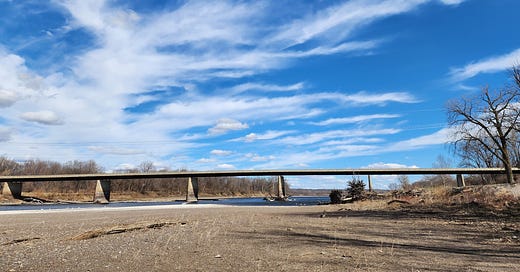




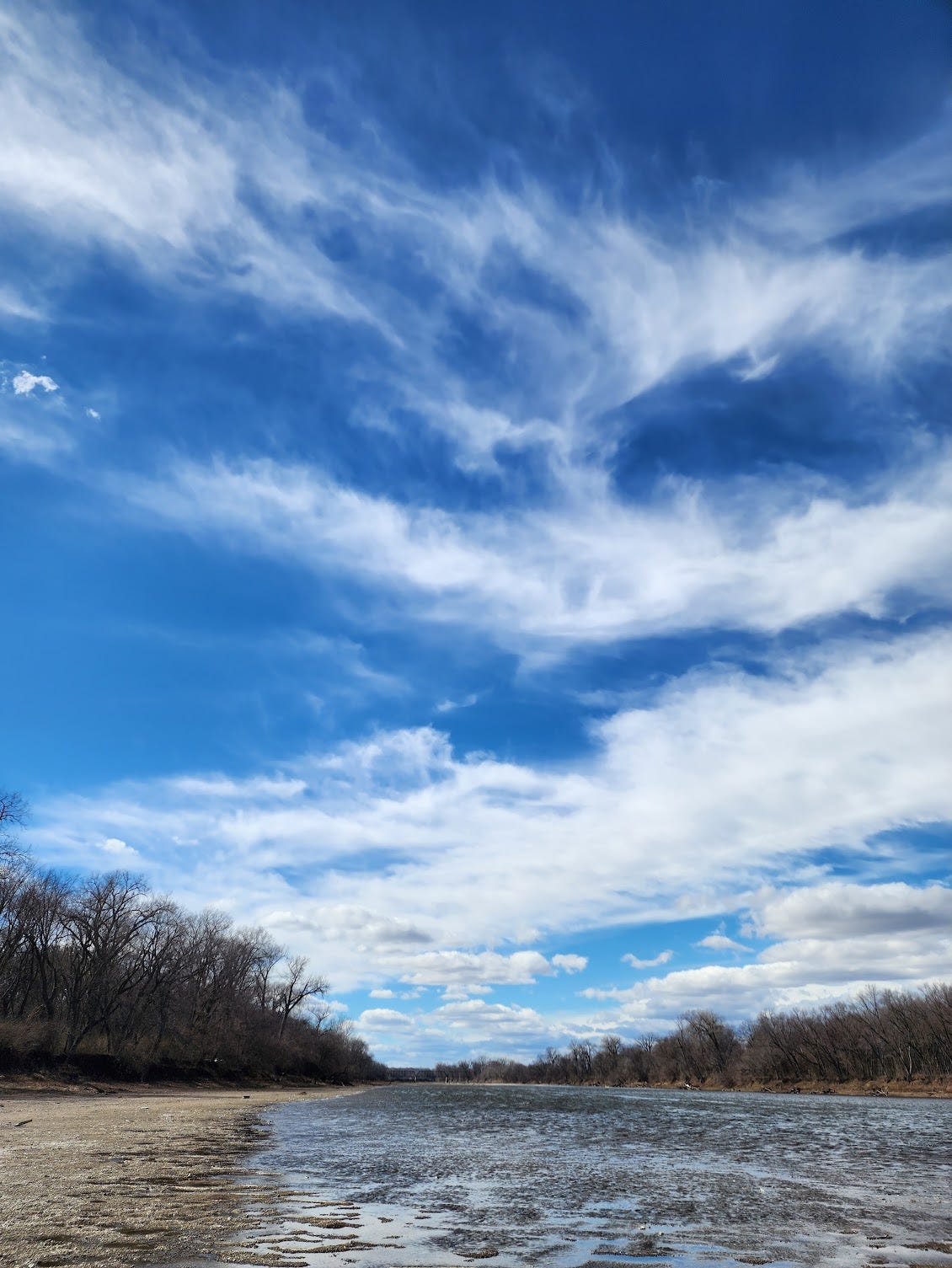
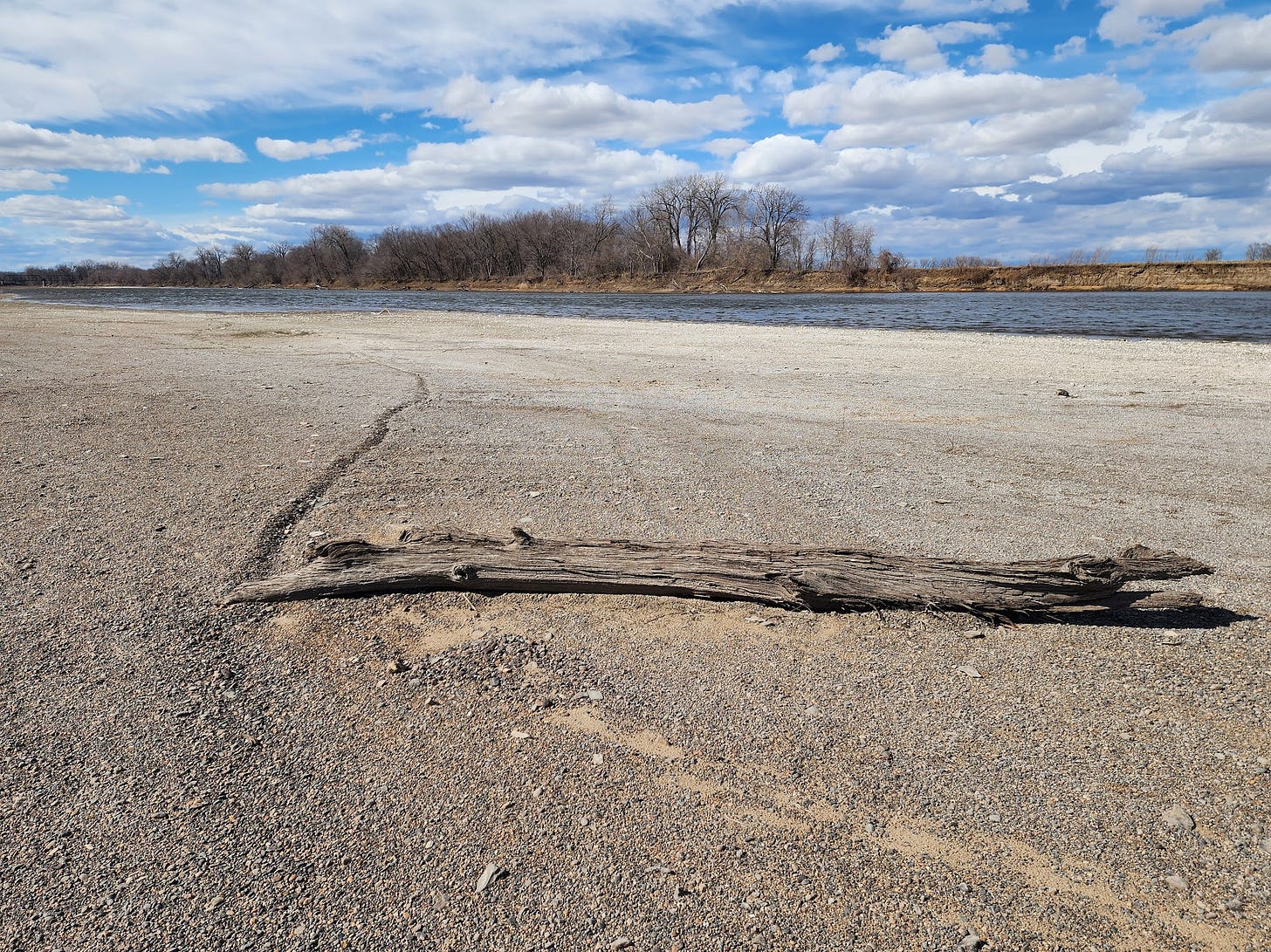

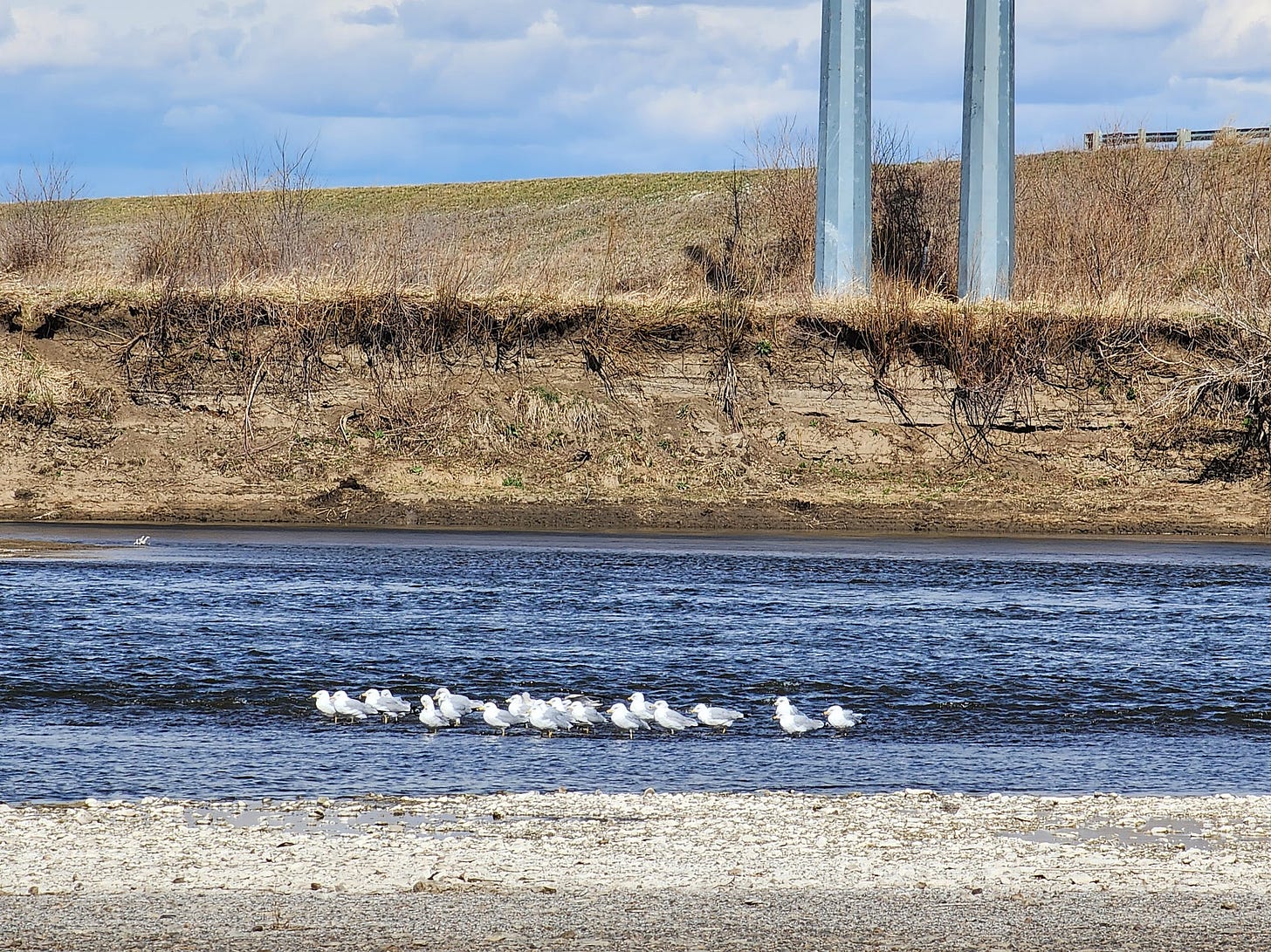
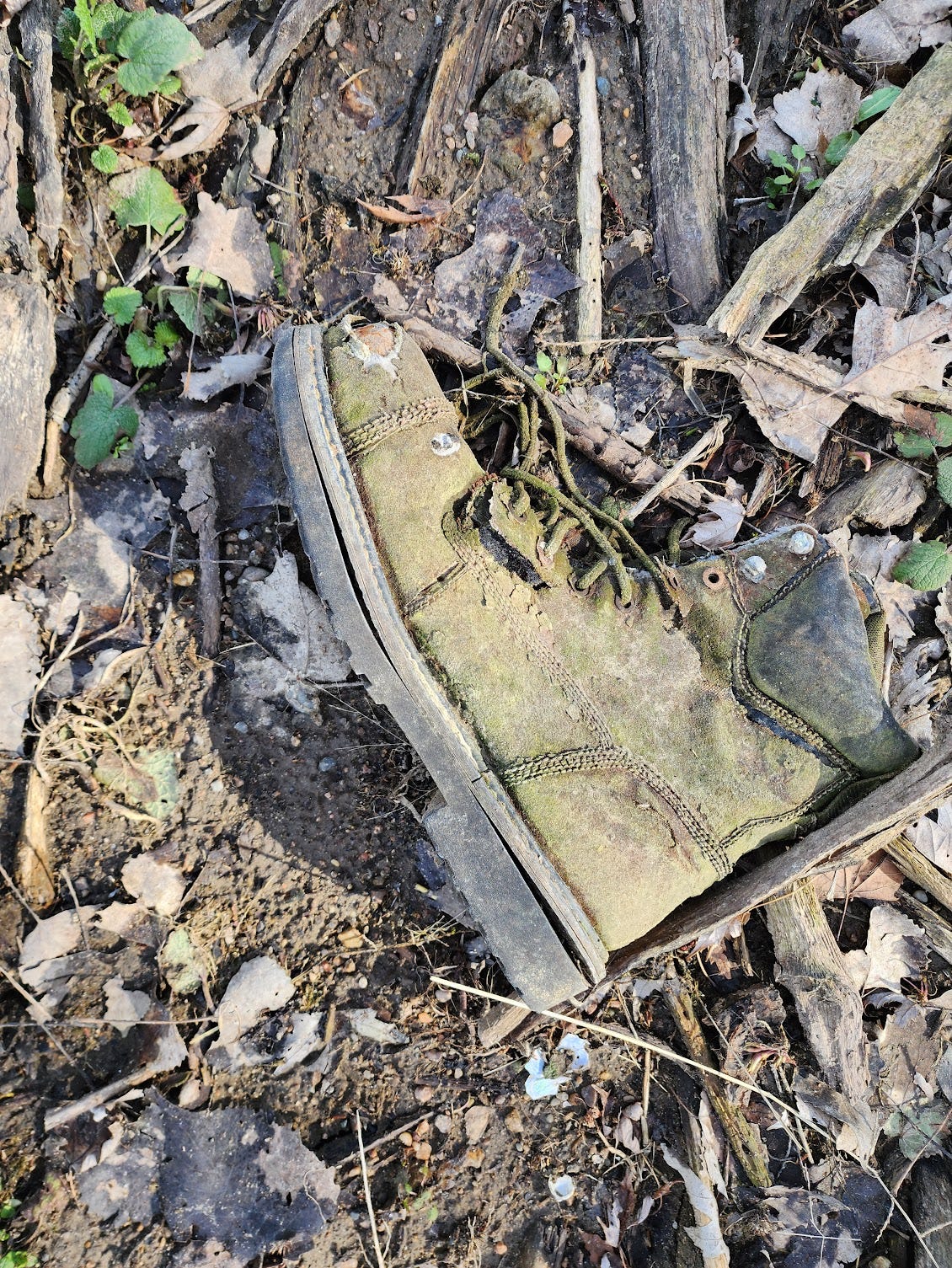
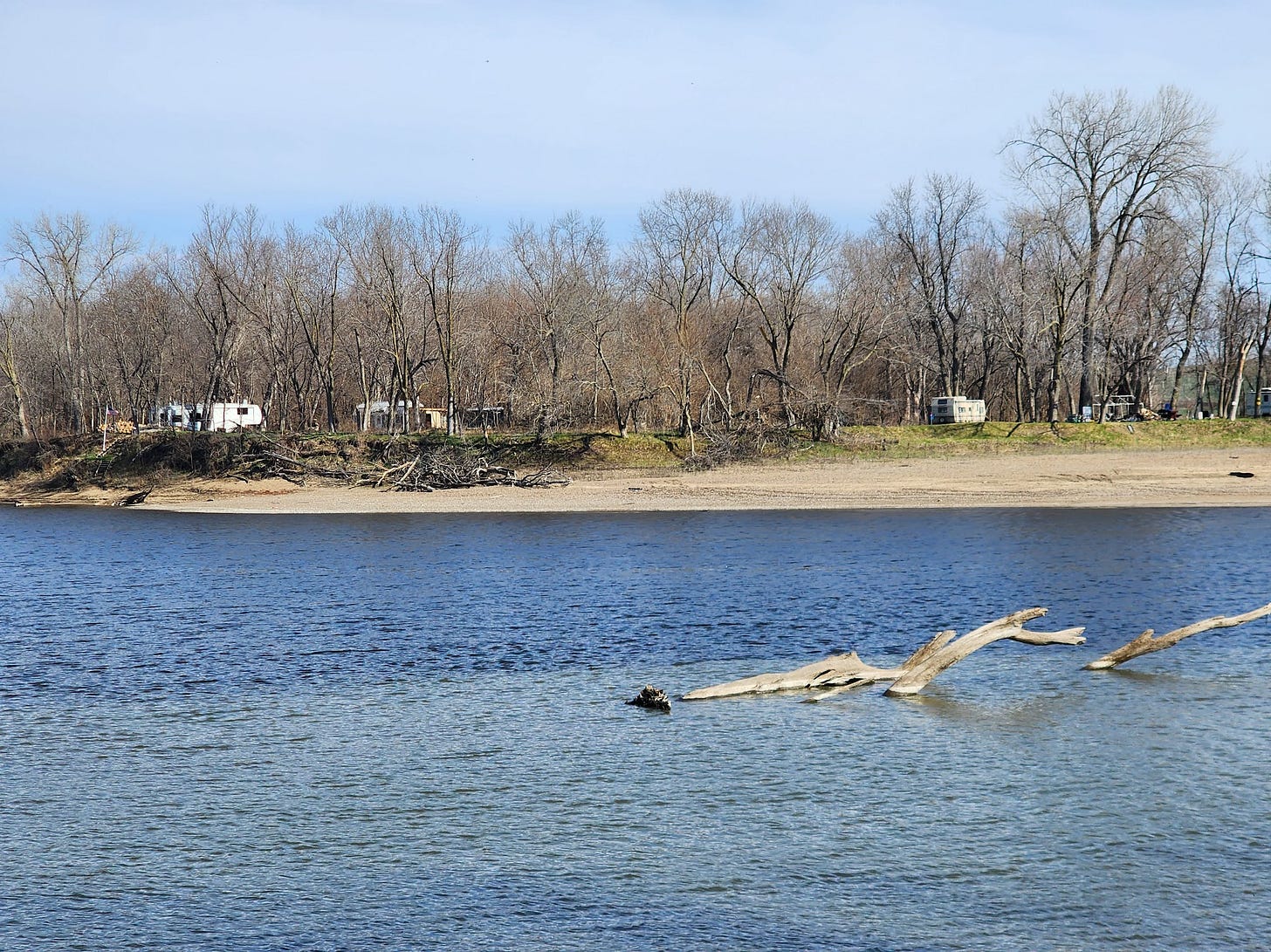
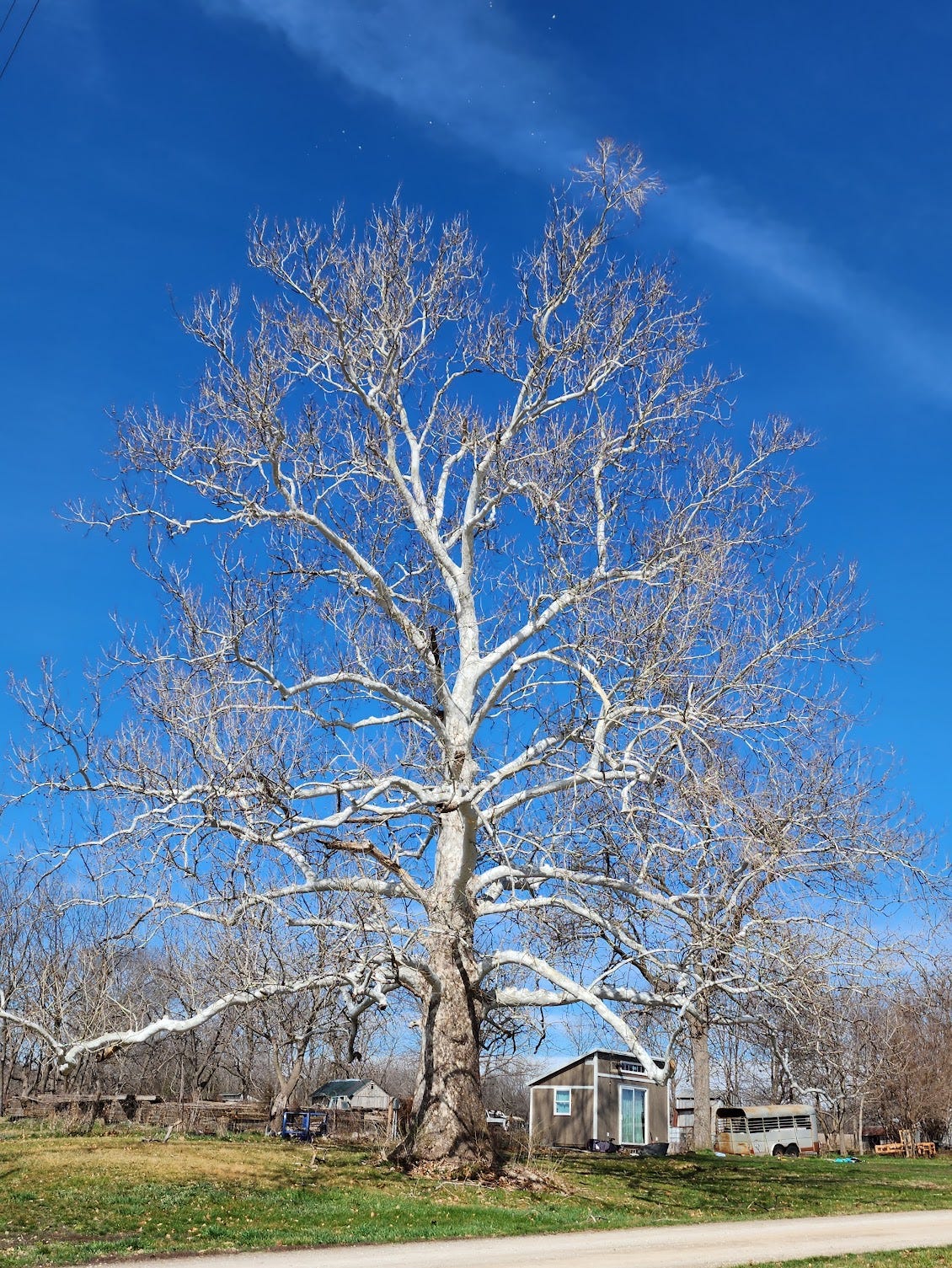

Cool column, Bob. In case you’re interested, here’s a link to a brief documentary I made on The Eveland bridge in 2015. It features music from two local musicians.
https://youtu.be/7ZvFQ9Pkwlo?si=_KTIWZ3sSfbsm0C0
I've never seen the river look lovelier.